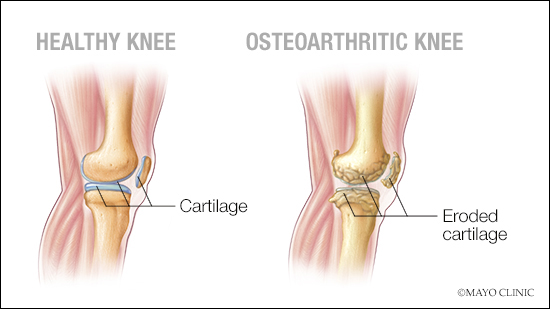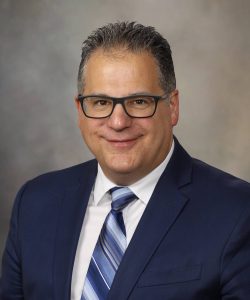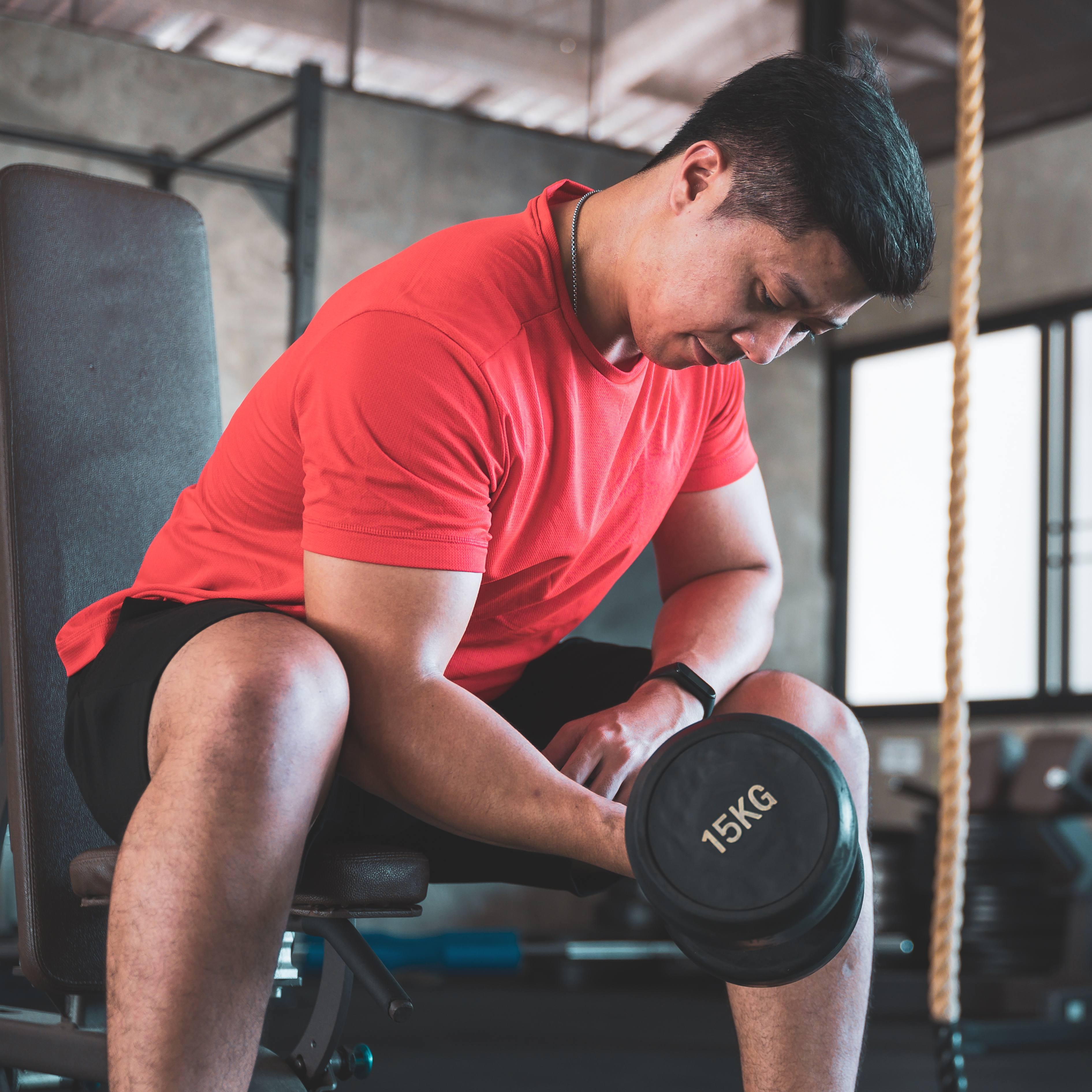-
Mayo Clinic expert offers tips on how to keep joints healthy as you age
World Arthritis Day is Oct. 12

ROCHESTER, Minn. — For joints to work well, they need cartilage, a slippery tissue that covers the ends of bones, acts like a shock absorber, and helps joints move smoothly. Joaquin Sanchez-Sotelo, M.D., Ph.D., a Mayo Clinic orthopedic surgeon, says many people lose cartilage as they age, but it does not mean that joint replacement is inevitable. Here are some tips for keeping joints healthy.
Cartilage degenerates for various reasons, Dr. Sanchez-Sotelo says. People may be born with abnormally shaped bones or a tendency toward weaker cartilage. Obesity, overuse or injuries from accidents also can damage joints and cartilage.
"When cartilage degenerates, the body forms bone spurs," Dr. Sanchez-Sotelo says. "This is a reaction to the main underlying problem, cartilage degeneration. Bone spurs can hit each other and become painful. Many patients get obsessed with bone spurs, but just taking them out won’t cure the problem, except in very rare circumstances."

Loss of articular cartilage is the essence of what is called osteoarthritis, a common joint disorder. Dr. Sanchez-Sotelo says most of his osteoarthritis patients are in their 60s when they go to see a health care professional with symptoms — achy and painful joints, stiffness, and loss of movement — that developed over time.
Dr. Sanchez-Sotelo says you can take steps when you are younger to protect your joints as you age. Having strong muscles around the joints can help take the load off the joints. However, people who exercise at high levels in sports, like football and bodybuilding, have higher risks of developing arthritis.
"You have to exercise within reason," Dr. Sanchez-Sotelo says. "Find that point where your muscles are healthy, flexible, strong and will protect the joints, but don’t overdo it."
Maintaining a healthy weight is important, as obesity is hard on the joints. Glucosamine and chondroitin are popular supplements for joint pain, but lack convincing evidence that they work, Dr. Sanchez-Sotelo says.
He offers these suggestions for managing arthritic pain:
- Modify your activities. If you have an arthritic hip or knee, instead of running — which results in the pounding of the joints — maybe you can try bicycling.
- Take the load off the joints with gait aids. Using a cane can help lighten the load on your hip, knee and ankle joints, and decrease the pain. A knee brace — worn outside the clothes — shifts the load to the healthier side of the knee joint.
- If the pain persists, you may want to consider over-the-counter medications, like acetaminophen and ibuprofen. However, be aware of the side effects, such as ulcers, kidney or heart issues. In general, narcotics should not be used for osteoarthritis.
- If the pain continues, you also may consider injections with medications, such as cortisone or toradol, which, when injected into the joint, can help relieve pain. Again, these medications have side effects, so be sure to speak with your health care professional.
- Hyaluronic acid, which also is injected, uses components similar to those of the joint lubricating fluid to try to replenish it. It has been more successful with the knee joint than hip and shoulder joints.
- Some injections, marketed as regenerative medicine, include stem cells and platelet-rich plasma. At this point, many consider their use as experimental since there is no firm evidence about their efficacy.
"In the past, older people just accepted joint pain," Dr. Sanchez-Sotelo says. "Now people are living longer and want to remain active as they age. We are not all destined for joint replacement. There are some people in their 80s and 90s who have great joints."
To interview Dr. Sanchez-Sotelo, please contact Rhoda Madson, Mayo Clinic Communications, newsbureau@mayo.edu.
###
About Mayo Clinic
Mayo Clinic is a nonprofit organization committed to innovation in clinical practice, education and research, and providing compassion, expertise and answers to everyone who needs healing. Visit the Mayo Clinic News Network for additional Mayo Clinic news.
Media contact:
- Rhoda Madson, Mayo Clinic Communications, newsbureau@mayo.edu
Related Articles







